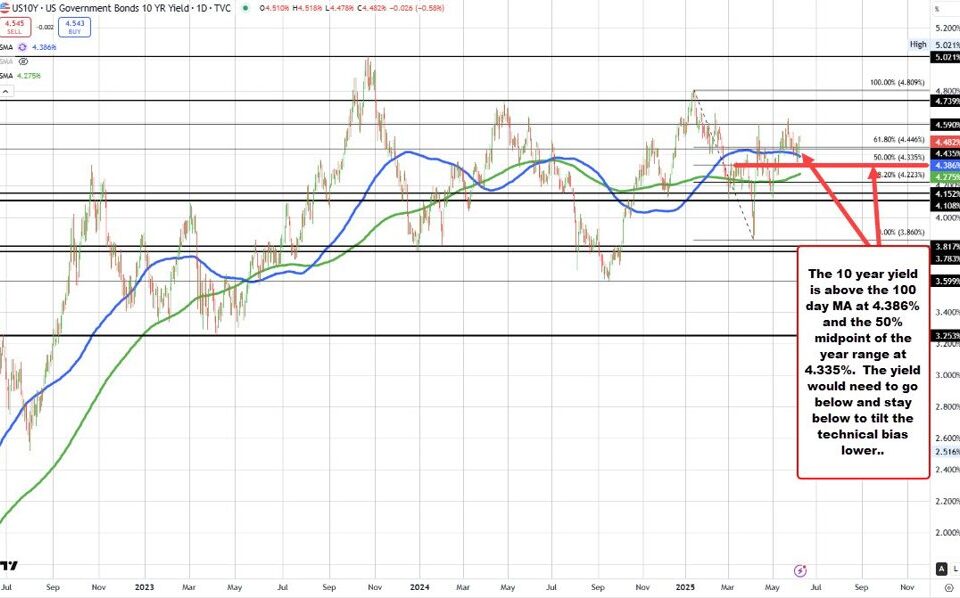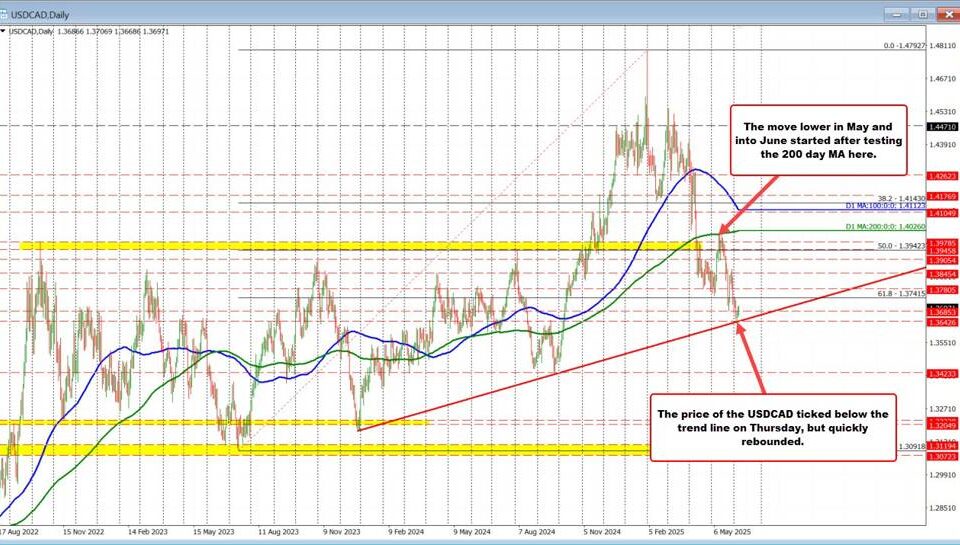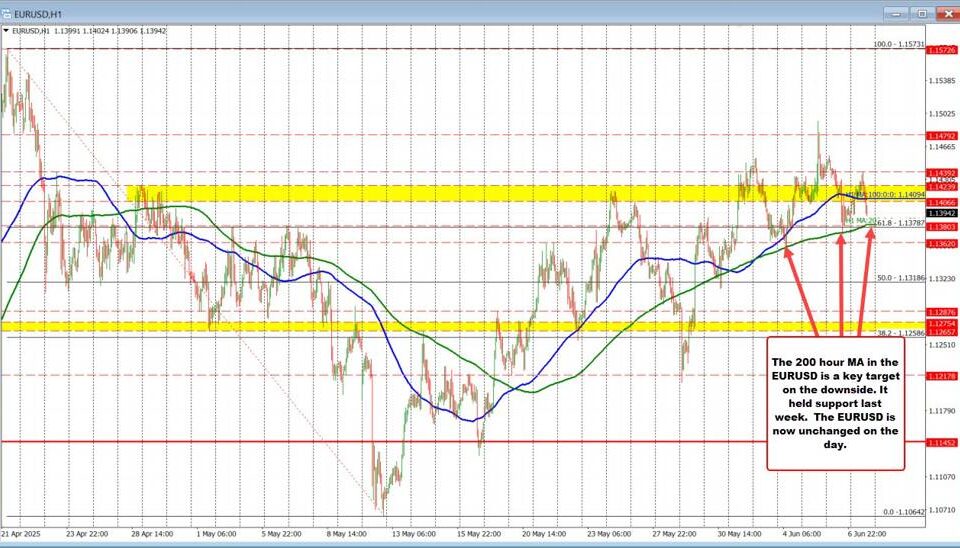US Stock Futures: Navigating Tariff Tensions and Economic Uncertainties
Tháng 4 9, 2025Navigating Economic Shifts: The PBOC’s Strategies for Stability
Tháng 4 9, 2025Here are the backlinks incorporated into the provided blog content:
Understanding Nasdaq Trends: An Overview of Today’s Market Analysis with TradeCompass
Market Trends Impacting Nasdaq Performance
In recent weeks, the financial landscape has witnessed significant fluctuations, particularly driven by the changing dynamics of the U.S. dollar (USD). These fluctuations are notably influenced by tariff adjustments and various geopolitical events that can create ripples across the stock market, specifically on the Nasdaq. Understanding these shifts is crucial for investors anticipating how these external factors may impact stock prices and overall investor sentiment.
The strength or weakness of the USD plays a pivotal role in international trade, affecting corporate earnings for companies listed on the Nasdaq, many of which have substantial global operations. When the dollar strengthens, U.S. exports can become more expensive for foreign buyers, potentially leading to lower earnings for these companies. Conversely, a weaker dollar can enhance competitiveness abroad, often resulting in improved overall market sentiment. Thus, staying abreast of any announcements regarding tariffs or trade agreements is essential, as these elements can significantly influence the broader market and the performance of tech stocks on the Nasdaq. For insights on how geopolitical factors can impact market dynamics, particularly for Nasdaq investors, read this blog about China’s strategic moves.
Insights from Nasdaq Analysis with TradeCompass
Although specific details from the latest TradeCompass analysis are currently unavailable, the platform typically offers comprehensive insights into short-term and long-term trading strategies tailored to Nasdaq stocks. This analysis includes the identification of key resistance and support levels, bias thresholds, and defined profit targets that traders rely on to navigate volatile market conditions.
For traders looking to refine their strategies, understanding the general market trends is as important as specific trading signals. TradeCompass often emphasizes the need for traders to be agile, utilizing both technical and fundamental analysis to anticipate potential market shifts. Given the current scenarios, incorporating a holistic approach will allow investors to recognize not only technical levels but also broader economic indicators that could influence market dynamics. To better align strategies with market trends influenced by USD and trade policies, consider these key investment mistakes to avoid in 2023.
When analyzing the Nasdaq, it is vital for investors to pay attention to external economic reports alongside trade policies. Recent employment data, gross domestic product reports, and inflation rates serve as leading indicators to gauge market health. So, while the technical analysis from TradeCompass offers immense value, it should ideally be layered with thorough market context to enhance decision-making processes. For more information on making informed decisions through value investing principles, check out this blog on why value investing beats the market.
Conclusion: The Importance of Staying Updated
In the context of the absence of the latest TradeCompass data, it is crucial for traders to remain informed through various financial news platforms such as ForexLive and TradingView. Continuous monitoring provides the necessary updates needed to adapt strategies in real-time, ensuring that traders are prepared to seize opportunities and mitigate risks associated with the ever-changing market environment.
Investors must prioritize a strategic approach supported by timely information alongside technical analysis. By doing so, they can navigate the complexities of investing in the Nasdaq and enhance their potential for success in today’s dynamic financial atmosphere. Remember, the interplay between market conditions and stock performance necessitates diligence and a proactive investment strategy.




